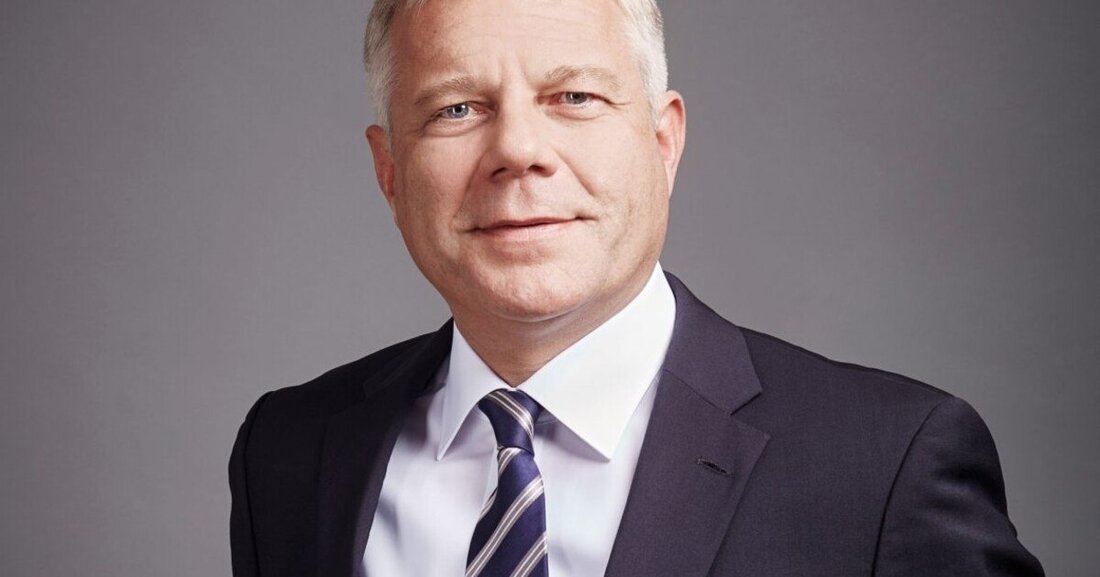Would have lost a lot if I had bet on market developments”
Raiffeisen Leasing boss Alexander Schmidecker reports on a supposed catastrophe year in 2020, which ultimately even turned out positively.

Would have lost a lot if I had bet on market developments”
That's what you call a happy ending. In the spring of 2020, the world held its breath and practically stood still as the corona crisis escalated. Raiffeisen Leasing also experienced an unprecedented crisis scenario: “We had 4,000 deferral requests from mid-March to the end of April,” says CEO Alexander Schmidecker. Postscript: “Usually there are about 100 throughout the year.”
All's well that ends well
Almost all employees were promptly busy with receivables management. Schmidecker: "I thought there would be nothing in 2020. If I had had to bet on market developments, I would have lost a lot." Ultimately, 2020 was still a good year for the leasing subsidiary of the Raiffeisen banking group. “It’s almost been a record year,” reports Schmidecker.
Raiffeisen-Leasing was able to increase its new business volume by 2.6 percent to €904 million. And this while the volume of new business in the domestic leasing market recorded an overall decline of 7.6 percent, bringing it to a total of €7.9 billion. Consequently, the Giebelkreuzlers were able to expand their market share in the pandemic year by 1.1 percentage points to 11.4 percent. This means they remain the third largest leasing provider in Austria. Schmidecker sees the secret of success in the fact that his company is broadly positioned: “We are the only universal leasing company on the domestic market and can offer our customers a very wide range of products.”
At Raiffeisen Leasing, the two segments of movable property leasing (+29.1 percent) and real estate leasing (+82.4 percent) grew particularly strongly. There were indeed declines in the motor vehicle business. Due to the sharp decline in new vehicle registrations (-23.5 percent), there was, as expected, a decline in the number of units in this segment (-16.3 percent), according to Raiffeisen Leasing. The overall market developed similarly, even slightly better.
7 out of 10 corporate customers lease
The leasing rate was therefore able to be increased across Austria in 2020 – and this is good news. Almost half of private customers and seven out of ten corporate customers choose a leasing option to finance their mobility. According to Schmidecker, this puts Austria in a leading position in Europe.
A growth driver in the automotive sector is, unsurprisingly, the area of e-mobility. “This area has really taken off, driven by subsidies and tax incentives,” said the leasing expert. In fleet management - here his company is number two on the market - the Raiffeisen Leasing CEO already counts more than 33 percent of new business as electric vehicles. He expects this trend to continue. At the same time, the used electric car market would also gain momentum, as would subscription models. The NoVA increase or introduction for light commercial vehicles will be exciting in the used car market. For example, if a Mercedes Sprinter costs 10,000 euros more, how much of that do we include in the residual value? In general, the world is looking much better at the moment: According to Schmidecker, there are currently only 60 customers in “forbearance mode”.

 Suche
Suche
 Mein Konto
Mein Konto